TYS Studies
Welcome to the TYS Studies page. Here you will find audio recordings of lectures with Ranjani. They are from our Sunday Celebrations as well as other various occasions.
Navaratri Lectures 2022
The Ramayana
Highlights
“We get everything with the study of the Ramayana”
We all have pain but suffering is optional.
It is said that Valmiki was disheartened when he saw The Ramayana was not accessible to all due to it being written in ancient vedic sanskrit. So he reincarnated as Tulsasidasa to rewrite the Ramayana so it was accessible to all people.
Highlights
Valmiki and Tulasidasa wrote this because inside The Ramayana is everything that we need to cross over this mire of delusion, to move forward. It's not just a story, it gives us to the tools we need so that we can become full of love.
Don’t read the Ramayana simply as a story. Integrate the lessons into your life and see what happens. Think of how you can infuse qualities of Divine aspects into yourself/your life.
Choose a relationship with God that feels natural to you. (mother/child, best friends, servant/master)
Highlights
Meditation in Motion “taking your center with you”
Chatushtaya - the four means of practice
What is the true representation of Sita in the Ramayana?
Highlights
Learn the symbolism behind the story of Shiva and Sati
We must fully sharpen and surrender our intellect so that we can merge with the soul
Discrimination and dispassion are the weapons we use to kill our inner demons
Highlights
What are the four reasons your practice isn’t working?
The benefits of examining the relationship between the nostril dominance and the three gunas (rajas, tamas, and sattvas)
Sati reincarnates as Uma with a burning desire to serve the Soul, what does this represent for us?
Highlights
The story and symbolism of the union of Shiva and Sati.
Through austerities all desires must be burned.
It is important to cultivate dispassion toward our demons in order to slay them.
We have the discipline to achieve worldly successes, but the discipline we really need to cultivate is the discipline to know ourselves.
Highlights
When the soul and intuition become fully united (Shiva and Sati) a warrior of wisdom (Kartikeya) is born.
Hate is stronger than love because of raga and dwesha, our attachments and aversions.
Your sadhana will give you viveka (discernment) and vairagya (dispassion) which are very important on the journey to know the Self.
Highlights
The three demon brothers represent the three gunas in The Ramayana.
We must be vigilant of the entrance and exit gates. What we take in directly impacts what we see, how we behave etc.
Understand what it is you really want and apply your time and energy toward attaining it.
Highlights
Ranjani gives a brief description of the symbolism behind the main characters for us to consider as we move through the story
Discussion of the panchamaya koshas and how to penetrate them
Yoga is systematic, all the practices are laid out for us. All we have to do is examine and apply them and we will see results.
Highlights
Ayodhya…”the city without conflict”
Vishwamitra takes Rama and Lakshman to fight the demons in the forest, so he can perform his yagya.
Learn the story of the demon Maricha
Highlights
The story of how Sita comes to King Janaka
Sage Gautama and how his story teaches us about the seeds of desire.
Embark on the journey to Janakpuri with Vishwamitra, Lakshman and Rama. Sita prepares to choose her husband.
Highlights
The individual soul keeps track of everything we do. We cannot “get away” with anything.
“Here is my daughter Sita who will tread the path of dharma with you. Take her hand as she will be like your own shadow.”
Pravritti v. Navritti
Highlights
“You don’t need to know a lot, but what you know you need to practice”
Rama is attracted to Sita because of her adornments. Not material adornments, but spiritual adornments.
Commit to one year of practicing ahimsa + satya and all other things in your life will fall into place.
Highlights
The highest ideal in the Ramayana is Rama being crowned king.
Before you speak, ask…is it true? Is it necessary? Is it kind?
We want to trust ourselves, so we must cultivate trust by being truthful.
Highlights
We discuss how Rama is not affected by gain or loss. Though he sent into exile, he remains contented in the fact that he gets to fulfill his father’s demand.
Shreya v. Preya : What is good and what is pleasant
Discussion of the six virtues.
Highlights
At some point in our sadhana, we will turn our backs on the world. The world will no longer have a hold on us.
There is no rest on the spiritual journey. We must always be willing to move forward.
When we enter the forest (of our minds) we need two constant companions, as Rama had. Intellect (Sita) and willpower (Lakshman).

